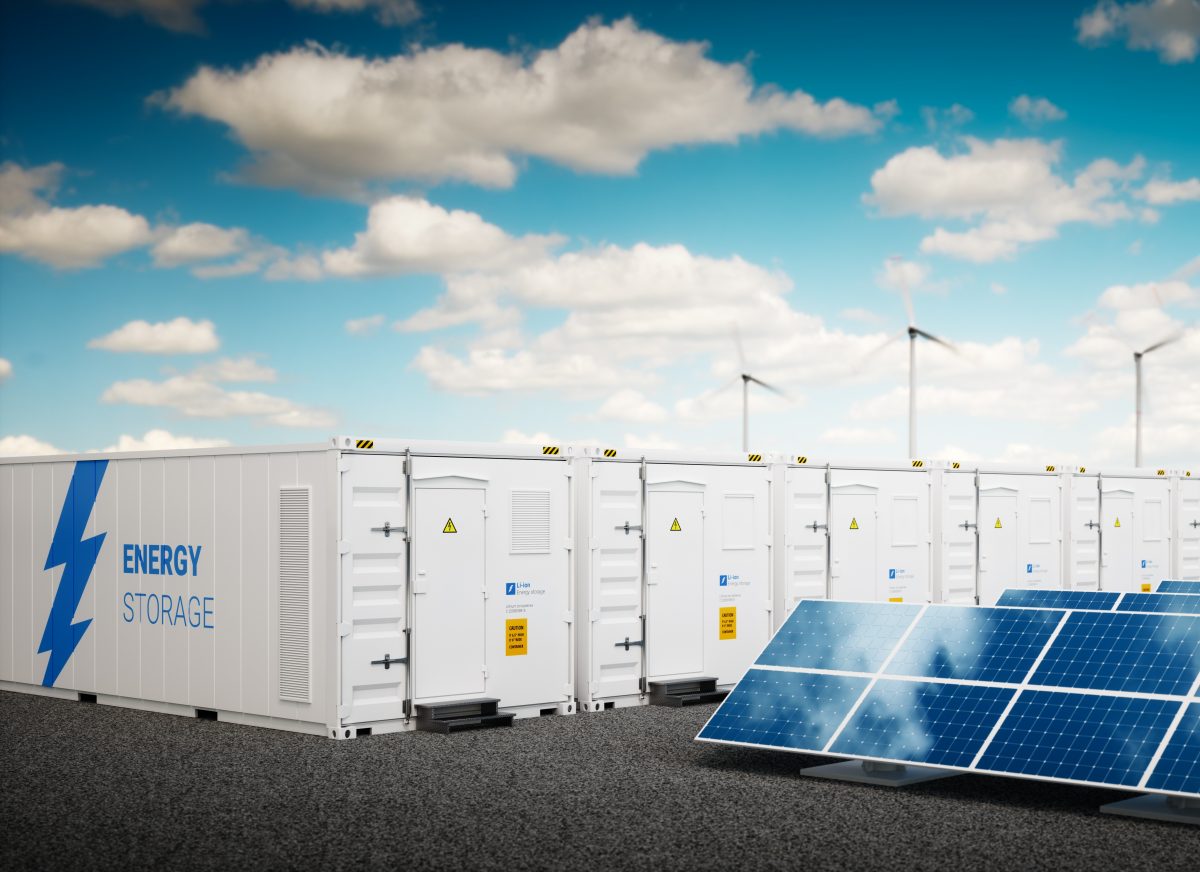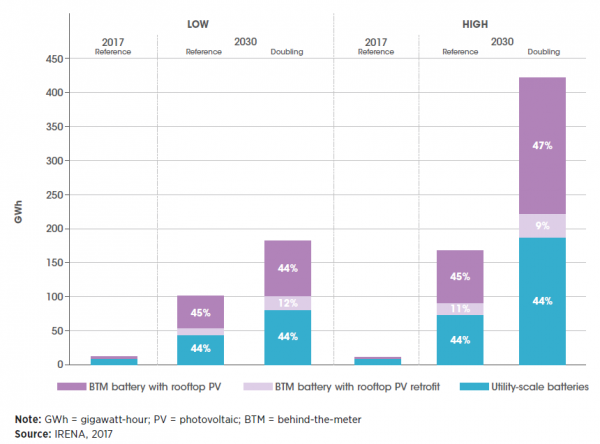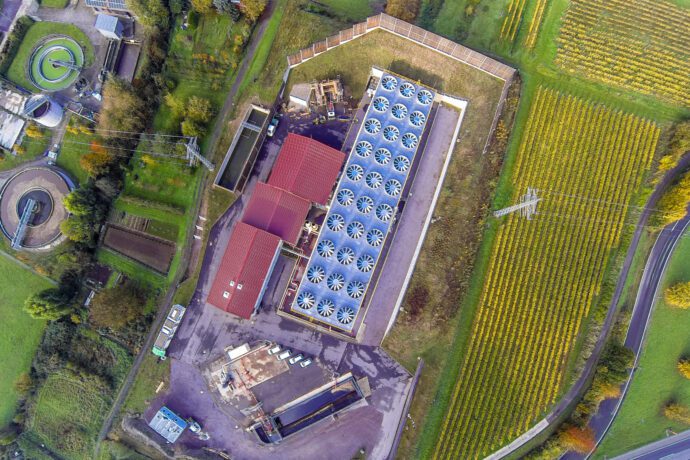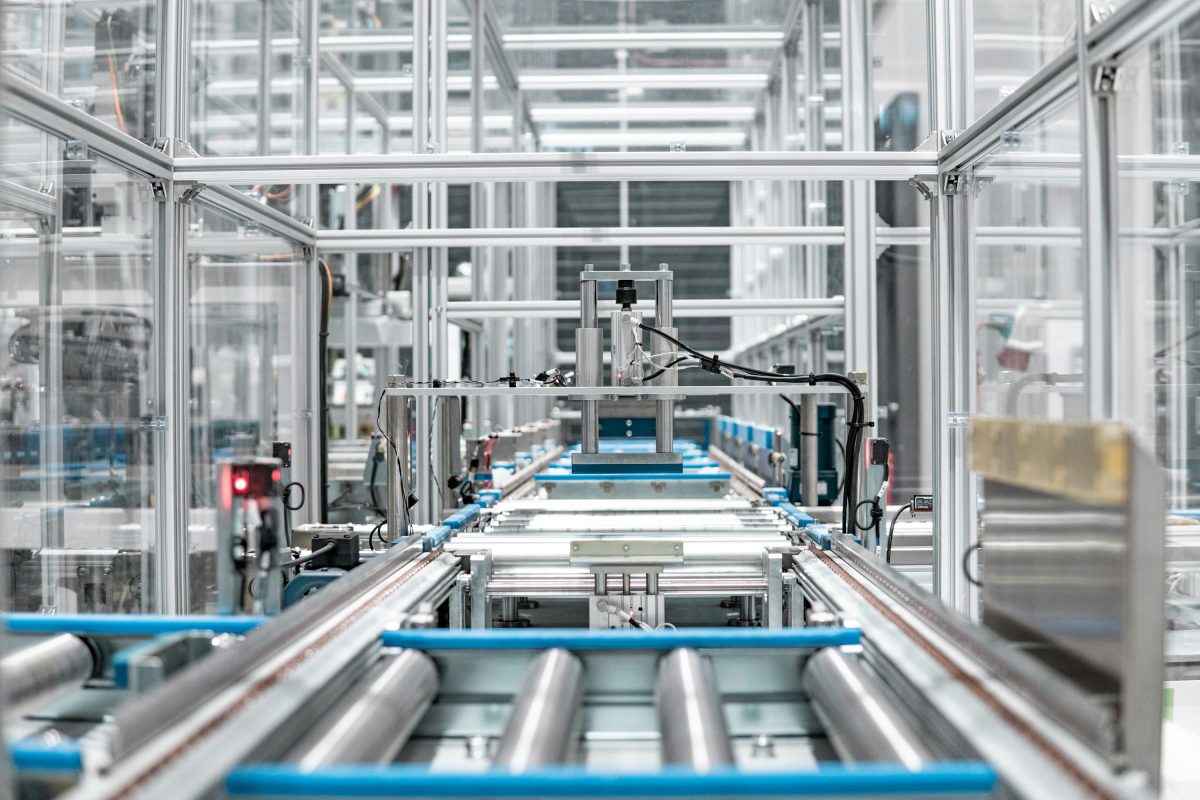
Jun 17, 2020
How stationary batteries further trigger the storage boom
With the widespread adoption of renewable energy resources, energy storage is becoming a key necessity for power balancing and increased flexibility.
Renewable energy sources are intermittent by nature, producing energy only when solar or wind are available. By storing the energy produced and delivering it on demand, batteries can continue to power the grid to create a continuous, reliable stream of power and avoid curtailments of renewable sources. Battery technologies can be used for a variety of applications in the power sector, from e-mobility and behind-the-meter to utility-scale use cases. Large stand-alone or aggregated pool of smaller batteries can provide grid management services, such as outage prevention, frequency regulation, congestion management, etc. It can also defer investments in very costly grid reinforcements in the transmission and distribution side. Furthermore, batteries can help provide cheaper and reliable electricity access in isolated and to off-grid communities when paired with renewable generators.
Nowadays, most car manufacturers are looking into ways of reusing the batteries of an electric car once they can no longer be used to power a vehicle but still can work at 70-80% of their original storage capacity, with the so called second life concept. In some cases, coupling a number of batteries of electric cars together, gives a second use to these batteries as a stationary storage unit for another 10 years.
The main drivers for this development are the declining cost of lithium-ion battery technology, owing to the rapid scale-up of battery manufacturing for electric vehicles (EVs) and the deployment of different regulation incentives coming up, specially in US and European countries.
Trends
2018 was a growth year for energy storage. The annual deployment nearly doubled from 2017 to reach over 8 GWh. Although large-scale stationary battery storage currently dominates deployment in terms of energy capacity, deployment of small-scale battery storage has been increasing as well. Figure 1 illustrates different scenarios for the adoption of battery storage by 2030. “Doubling” in the figure below refers to the scenario in which the stationary battery storage increases in response to the requirement to double renewables in the global energy system by 2030.

More and more consumers are adopting Behind-the-Meter (BTM) batteries that can help decreasing their electricity bill, mostly by peak shaving and increasing self-consumption of renewable assets like home PV installations. For example, in Germany about 65,000 new residential battery solutions were installed in 2019 an increase of 44% over the previous year.
The economics for energy storage systems still vary a lot depending on the power-to-energy ratio, the size of the project, the level of infrastructure built in and local regulations. For a utility scale, 4h storage system, the average price in 2019 was 370 $/kWh and the forecast are these prices will decrease even further by 2050. While for BTM systems, the total costs of the system vary on the use case, from residential to commercial & Industrial and if it is stand alone or coupled with PV. BTM batteries still have high up-front costs despite the decline in the last few years. In 2019, costs for an unsubsidized residential battery + PV system (6 KW / 25 KWh) varied between 457-663 $/MWh while for commercial & Industrial (0.5 MW / 2 MWh) the range was 223-384 $/MWh.
This recent decrease in batteries costs has turned the attention of some European countries to solar powered homes coupled with battery storage systems, with Germany as the main enabler. By the end of 2019, there were about 206,000 energy storage systems in homes throughout Germany, with an increase of 44% over the previous year. Today, every other order for rooftop solar panels in Germany is sold with a battery storage system. The economics of battery storage are not the only motivation of most battery system homeowners. They also aim at becoming independent from power companies and their rising prices while reducing their carbon footprint. A new report from analysts at Wood Mackenzie forecasts 6.6 GWh of residential energy storage to be installed across Europe by 2024.
While commercial and residential ‘solar PV + storage’ use cases depend on avoiding high retail energy and power charges, larger-scale solar PV and storage projects can offer attractive returns when combining multiple revenue streams. Stationary batteries are connected to distribution or transmission networks or in connection with a generation asset. In the first case, batteries providing frequency regulation have proven to respond to such requirements within milliseconds as opposed to the traditionally applied thermal power plants. These latest take several seconds or minutes to answer and run at capacity levels that do not use fuel efficiently.
Reference projects
We have been seeing large volumes of projects to be built in the coming three years. And it is estimated that around 95% of both recently deployed and planned storage projects are lithium-ion battery based. In addition, approximately 210 GW of new stationary energy storage capacity will be installed globally in 2028, with 49 GW coming from Europe. (Refer also to IRENA’s report on Utility-Scale Batteries: Innovation landscape brief, 2019).
One of the most known grid storage projects, and hence considered as a benchmark in the field, is the world’s largest Li-ion battery storage capacity of 100 MW / 129 MWh at the 315 MW Hornsdale Wind Farm in South Australia, commissioned by Tesla in 2017. Around 70 MW of capacity is contracted to the South Australian government to provide grid stability and frequency regulation services. The other 30 MW of capacity will have 3h storage and will be used as load shifting by the battery owner, Paris-based renewable energy and storage developer, Neoen. So far in 2019, according to Bloomberg, the Hornsdale facility has successfully met the challenge of three major system outages and reduced network costs by about $76 million.
This project has boosted investors’ confidence in the storage market by showing developers how revenues from different power services can be combined to create a business case for storage.
Similarly, in 2016, the United Kingdom National Grid transmission system operator (TSO) contracted 200 MW of battery storage capacity to enhance the frequency response capability over the next four years. The 2016 tender for Enhanced Frequency Response (EFR) attracted a total of 37 providers, however just eight projects were selected, ranging in size between 10 and 49 megawatts a piece, with a total value of £66 million ($86.4 million). One of the selected projects was from the Swedish utility Vattenfall, supplying a 22MW battery that became operational in May 2018 at Pen y Cymoedd Wind Farm in South Wales. The battery is made up of six shipping container sized units, five of which house 500 i3 BMW manufactured battery packs.
Challenges
The world’s capacity to make battery cells has expanded rapidly in recent years. Today, battery manufacturing globally can produce around 320 GWh of batteries per year for use in electric cars. Global production capacity is unevenly distributed. China is the world leader, accounting for around 70% of global capacity, followed by the United States (13%) and Europe (approx. 4%).
If batteries are going to serve as an essential technological tool for the world to transition to a sustainable energy future, how can their sustainability be guaranteed? Sustainable production of batteries must take into consideration the complete battery manufacturing value-chain, from mining of the raw materials to the decommissioning and retiring of entire battery packs. Over the next years, as the number of batteries formerly used in electric cars increases, the end-of life options for these batteries must be planned in a sustainable way. Reuse is still a quite new concept, so there is a lot of uncertainty about the roll-out of this second-life battery market due to new batteries costs competitiveness and performance/quality of these batteries.
While these challenges coming up with the development of batteries are significant, they can be overcome by targeted action from the suppliers, end users, and regulators in the sector, enabling a sustainable battery industry to emerge.

By Sofia Gonçalves
Smart Grid & Energy Storage Project Manager
EIT InnoEnergy
More EBA250 news
The European Battery Alliance (EBA) welcomes today’s announcement by Executive Vice-President Stéphane Séjourné on…
Vulcan Energy has reached a major milestone with the Final Investment Decision (FID) for…
Today, a joint High-Level Ministerial Meeting of the European Battery Alliance (EBA) and the…
We are pleased to announce that today we have signed a Memorandum of Understanding…
The European battery sector does not need a new strategy – it needs a…
U.S.-based battery innovator Lyten has signed binding agreements to acquire all of Northvolt’s remaining…
The European Battery Alliance (EBA) welcomes the European Commission’s swift decision to award €852…
Last week, the European Commission published the Clean Industrial Deal State Aid Framework (CISAF),…
We are pleased to welcome Emma Nehrenheim as new Managing Director of the European…
As Europe’s battery cell manufacturers face increasing competitive pressure, EBA250 remains actively engaged in…







